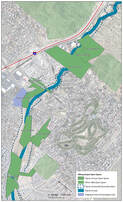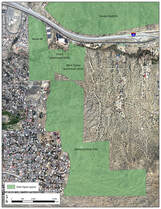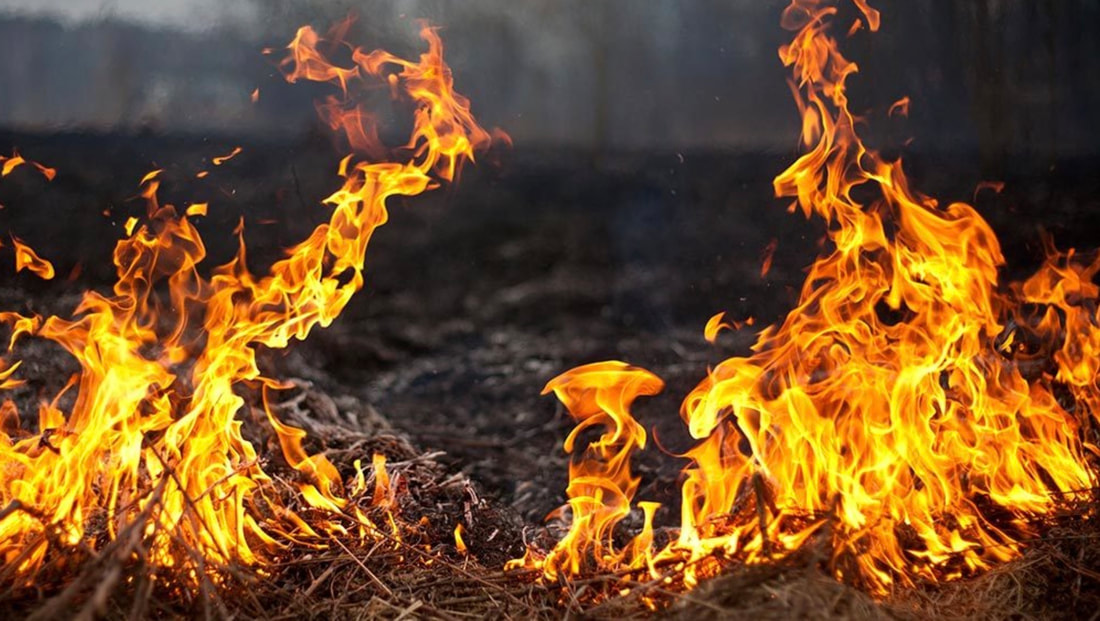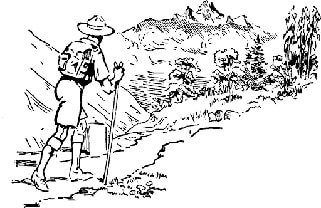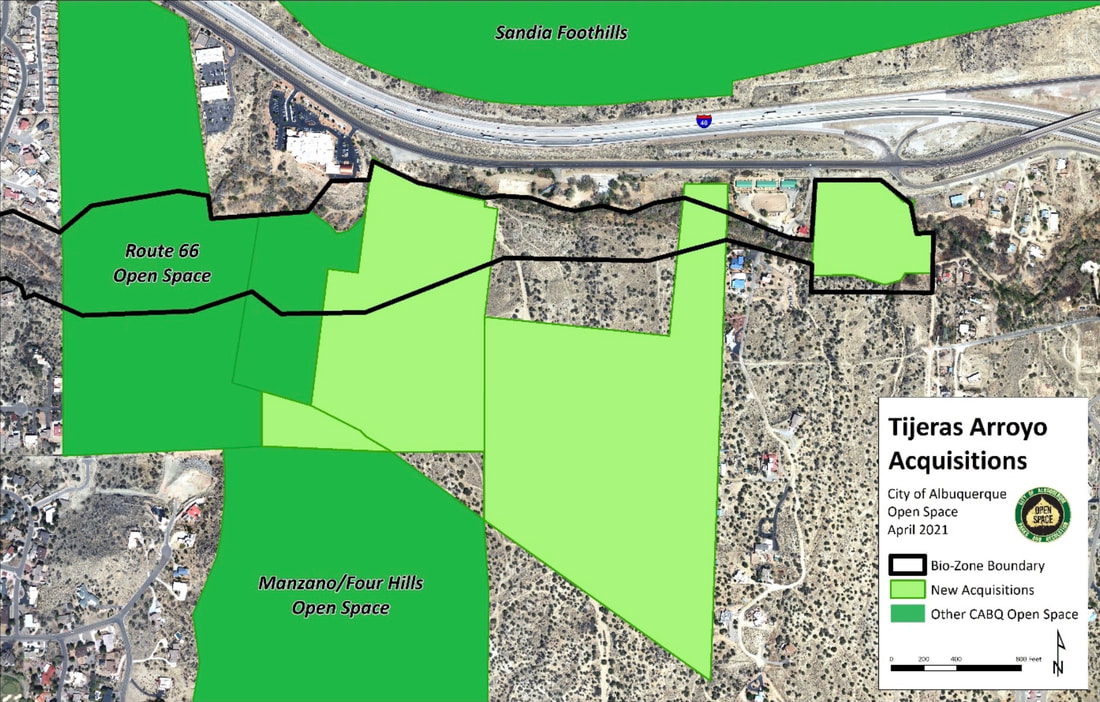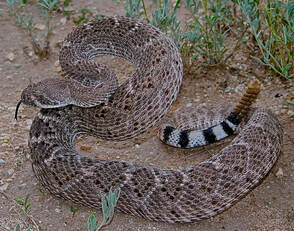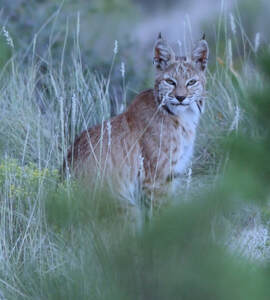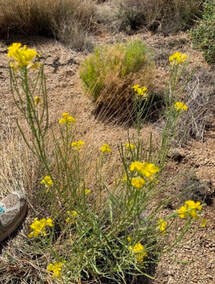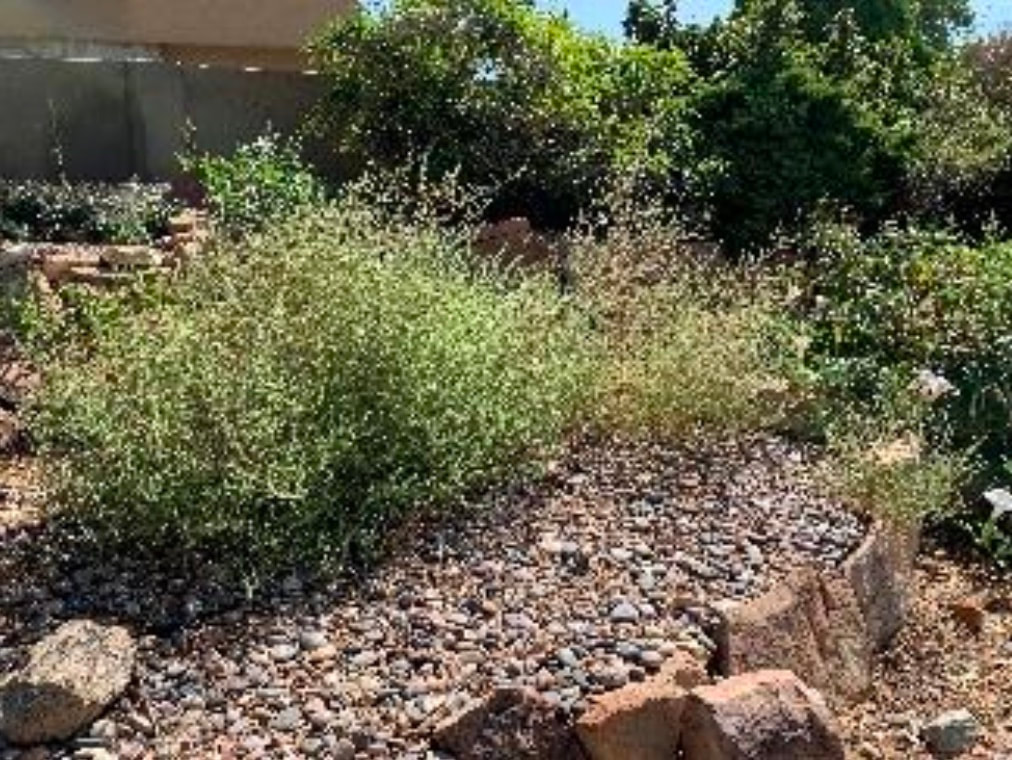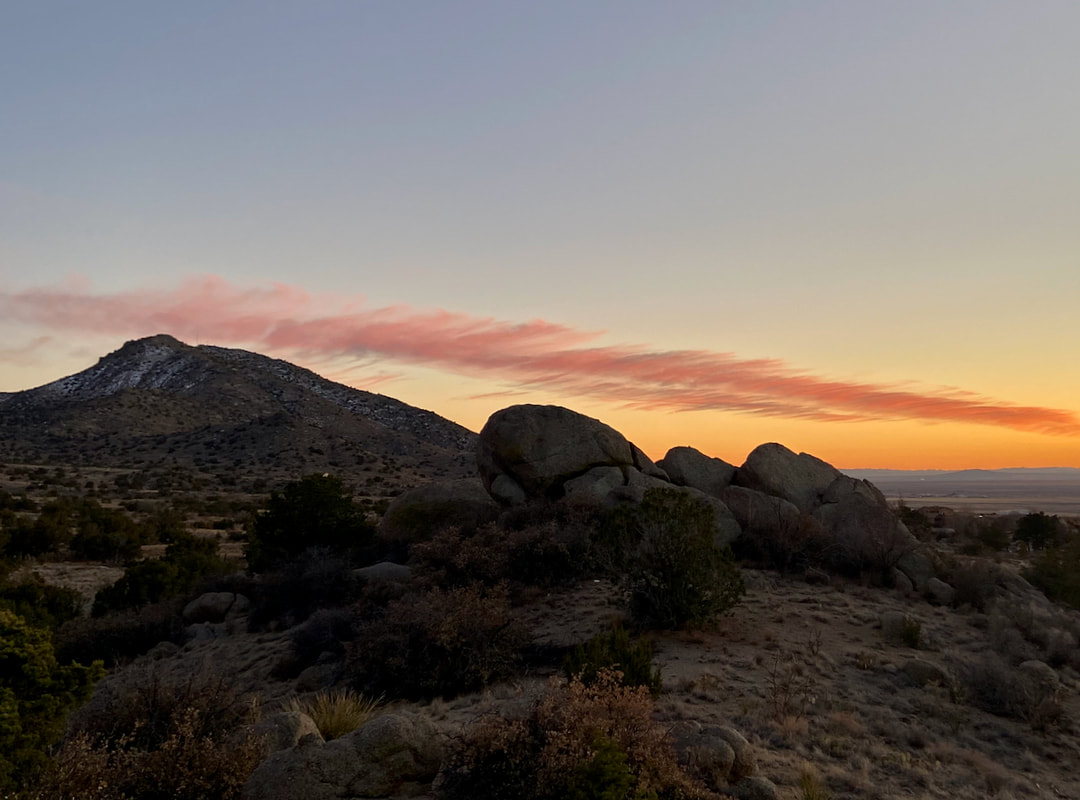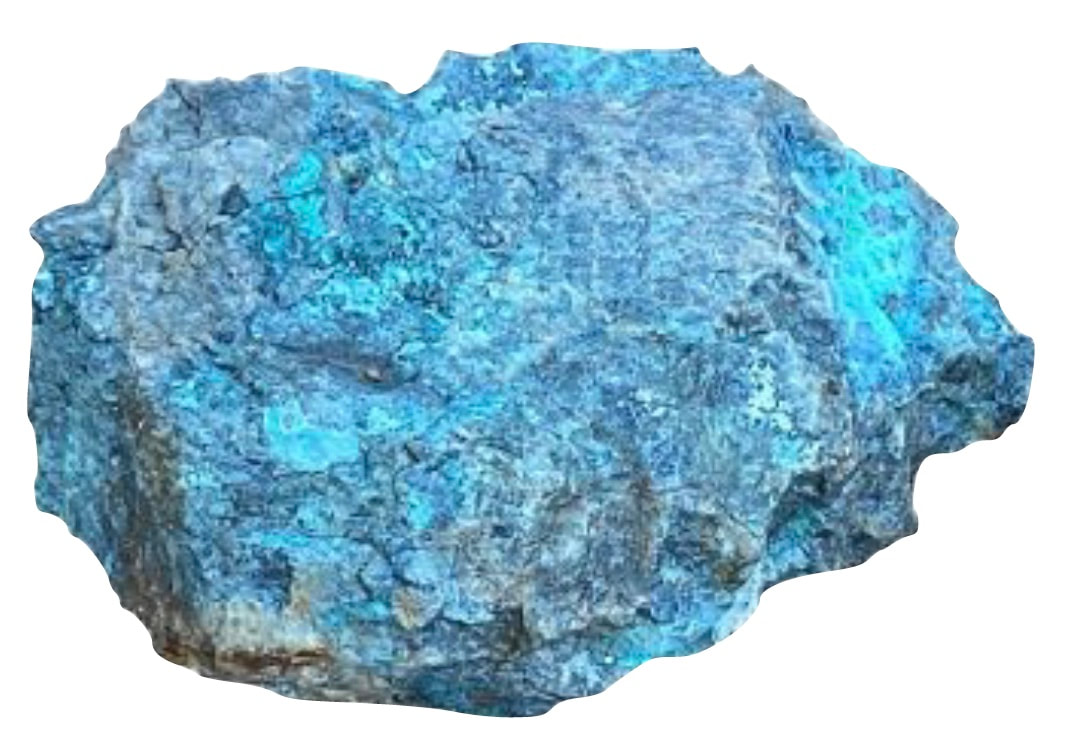Open Space
& Our Local
Natural Environment
Open Space Maps
(click to enlarge)
Fire Concerns in FHV and the Surrounding Open Spaces
|
Please, be careful with any ignition sources you handle- brush fires are all too easy to start and can quickly run out of control. Take a look at your yards and the Open Spaces and check for dead or dying pine trees. They are a particular hazard. Data from the US Forest Service shows that dead pine needles can ignite within 11-12 seconds of an ember touching them (in non-windy conditions). Standing dead pine trees will burn 50% hotter than living pine trees and dead pine trees are extremely brittle. They are very likely to have limbs snap or fall over in our high winds.
|
A Brief History of ABQ Open Spaces, and Notably of the Manzano/Four Hills Open Space
Full Article (long version)
|
|
As Albuquerque residents, we are blessed with not only with a wide variety of open space lands, but we also we have more acres of open space per capita than any other major city in the United States (~50 acres/ 1,000 residents). The Manzano/Four Hills (M/FH) Open Space is located immediately east of FHV. Additional multiple large blocks of Open Space land that lie along the bottom of Tijeras Canyon are adjacent to, or, are within a half mile of the northern and western sides of our community.
|
Open Space Acquisition
Full Article
Animals
Meet Your Neighbor, the Western Diamondback Rattlesnake
Full Article
The Bobcats of Four Hills Village and New Mexico
Full Article
|
We meet them in the early mornings, often see them in the gloaming of the sunset, and frequently film them on our night trail cameras. These solitary, stealthy, and intelligent hunters have been residents of our rocky, juniper-studded neighborhood hills for thousands of years. The bobcat (Lynx rufus), also called “red lynx” or “wildcat”, is the most successful wild cat species in North America. It can be found in every county and in every biological habitat of New Mexico. Survivors of the ice ages, their range extends from northern Mexico to southern Canada.
|
Mule Deer of Four Hills Village & the Surrounding Open Spaces
Full Article
|
|
Four Hills Village (FHV) is a unique neighborhood in many ways. How many other neighborhoods in Albuquerque have a resident mule deer herd? Year-round, deer are present here in groups ranging from 1-3 deer in the summer to 5-7 or more in the winter. |
Canada Geese
Full Article
|
|
What are Canada Geese doing in Four Hills? Enjoying the Good Life, apparently. The past two years we have had Canada Geese visiting the irrigation pond on the 14th Fairway of the Golf Course. |
Plants
Native Wildflowers – the Western Wallflower
Full Article
The Tumbleweed - This One Does Not Belong
Full Article
Geology
Geology of the Open Space & the FHV Area
Full Article
Colorful Rocks of FHV & the Open Space
Full Article
Last updated 16 July 2023
